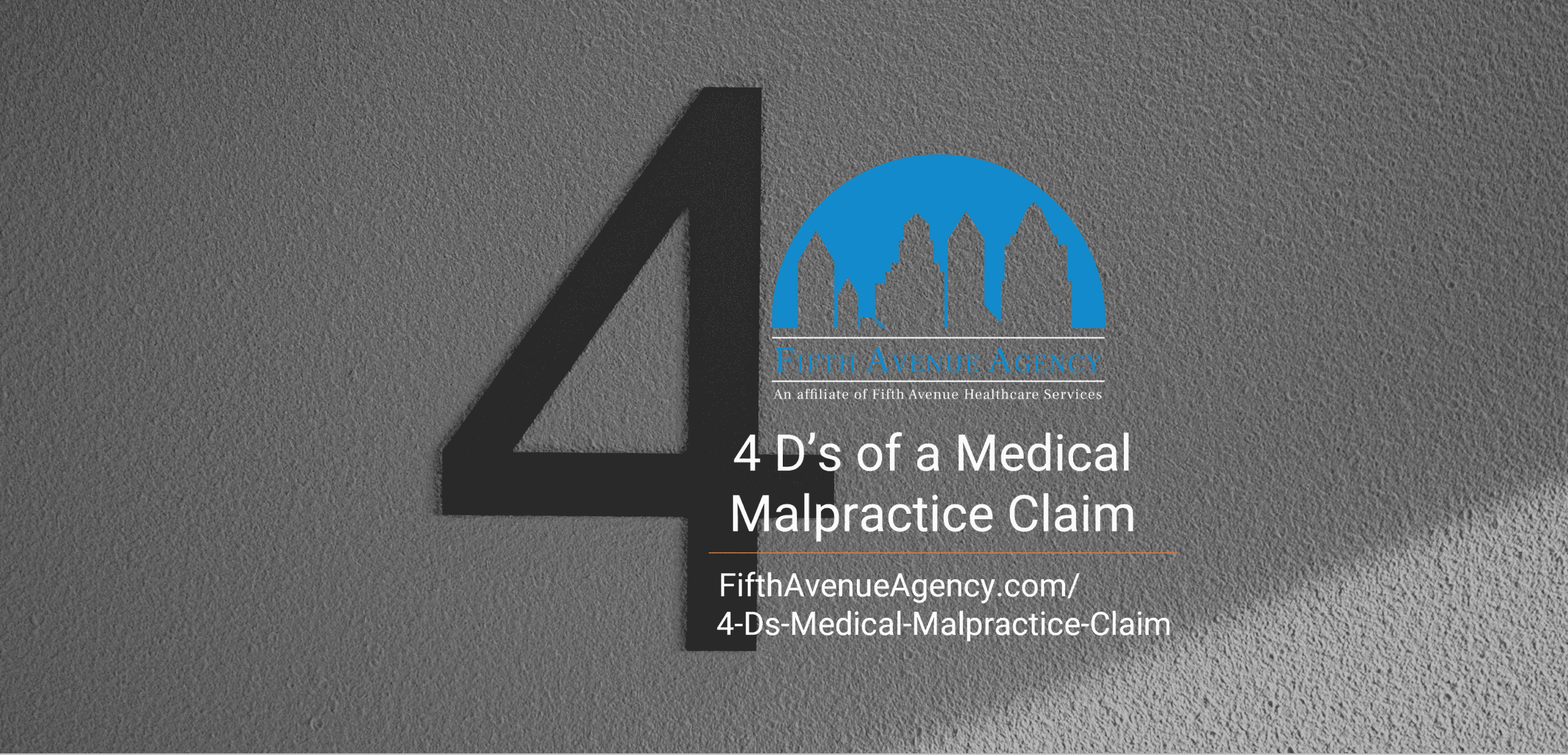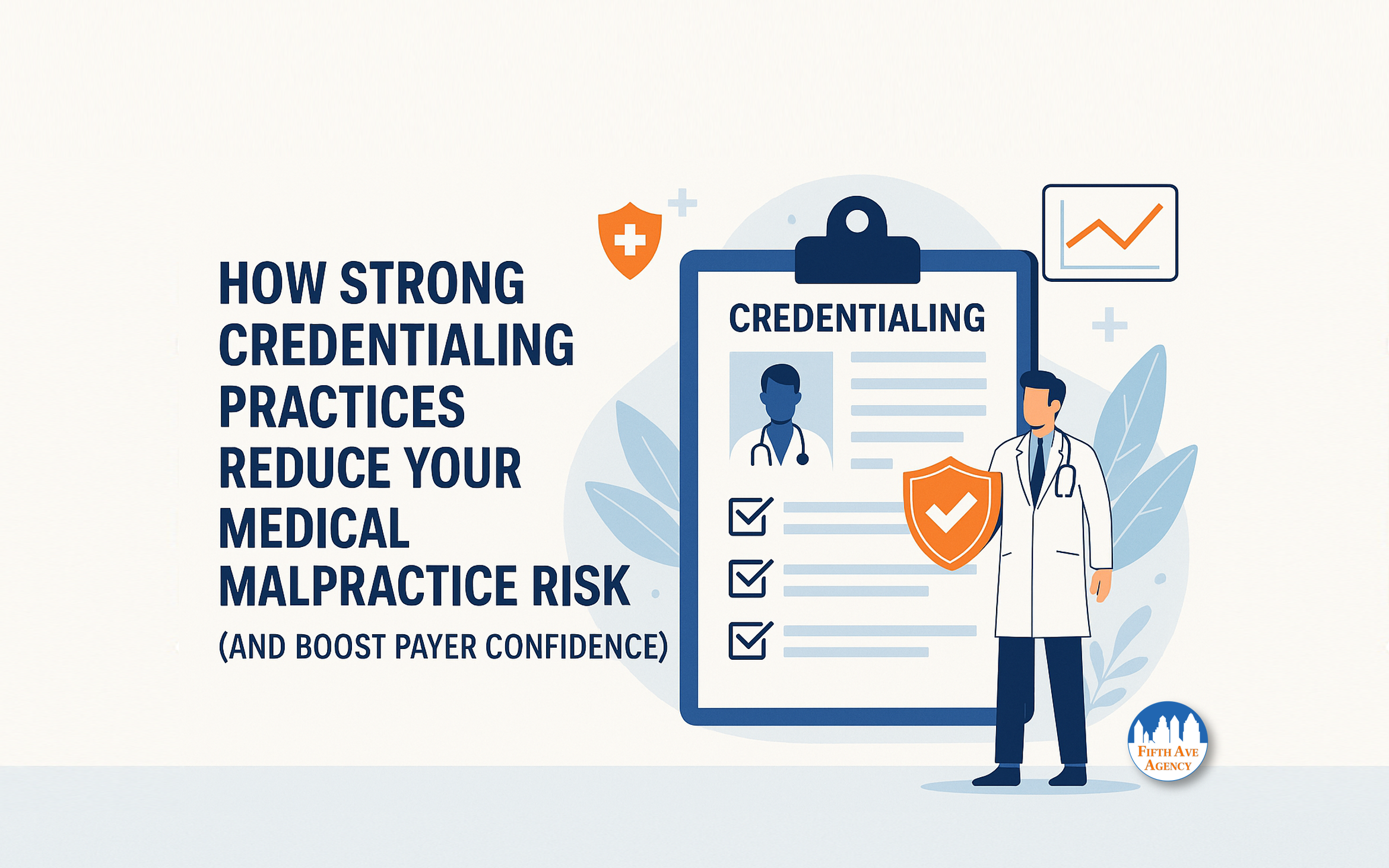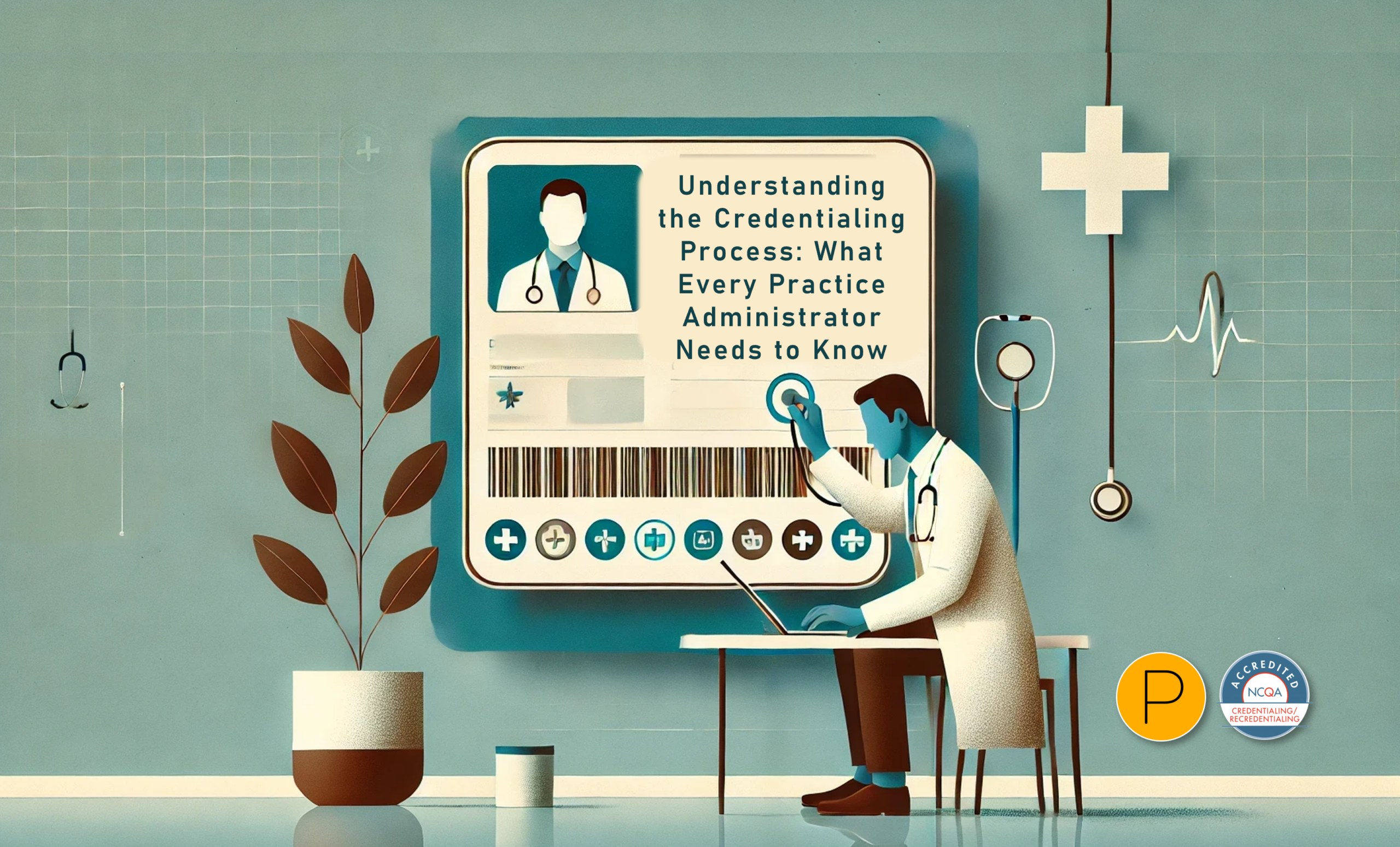At its core, medical malpractice is defined as a cause for legal action resulting from a medical professional or healthcare provider causing harm, injury, or death to someone in their care — either through neglect, omission, or some other deviation from their stated duties.
A person might claim medical malpractice if mistakes were made in the diagnosis, treatment, aftercare, or health management processes, especially if the cause of these errors was negligence.
For a medical malpractice claim to be judged legitimate, the plaintiff must establish the four elements of medical malpractice.

The four elements of medical malpractice include:
1. Professional Duty Owed to the Patient or Dependent
Before an injured patient can claim medical malpractice against a healthcare professional, it must be established that the provider in question was responsible for the care and treatment of the patient.
If the medical care provider in question had no responsibility to care and provide for the patient or dependent, the claim would almost definitely be deemed invalid. The doctor-patient dynamic establishes an unspoken agreement: the doctor is responsible for returning the patient to health, administering treatment, and ensuring their future well-being to the best of their abilities. What are the other four elements of medical malpractice?
2. Failure to Live Up to Sworn Medical Duties
After the plaintiff proves the healthcare provider was responsible for the patient, they must then establish that the defendant failed to do everything required and, therefore, performed a breach of duty.
Various types of breach of duty include:
- Prescribing a patient incorrect medication
- Failing to review a patient’s current medications
- Prescribing the incorrect dose of medication
- Administering incorrect drugs
- Failing to analyze or diagnose a health condition accurately
- Failing to diagnose a health condition entirely
- Ignoring or misreading laboratory results
- Failure to order adequate tests
- Prematurely discharging a patient from care
- Failing to warn a patient of known risks of surgery, procedure, or treatment
- Making a severe mistake during surgery, such as performing surgery on the wrong part of the patient’s body or carelessly leaving foreign objects/surgical tools inside the body.
A breach of duty is simply a doctor’s or healthcare provider’s failure to react to or act accordingly to a patient’s ailment(s). This step is usually the one that trips up the healthcare provider in question because if they miss even a small detail, it might be held against them.
3. Proof of Damage or Harm to the Patient
When it comes to medical malpractice cases, the patient who has been injured is to receive compensation for being harmed. The harm to the plaintiff can be either emotional or physical. It must be evident and traceable to a fault in the provider’s actions. What is the last of the four elements of medical malpractice?
4. Proof of Fault
Lastly, the injured party must prove beyond reasonable doubt that the incident could have been avoided if the medical professional had acted differently or reacted better.
Conclusion: 4 Elements Of Medical Malpractice
These four elements must be present for medical malpractice to be evident: professional duty owed to the patient, failure to live up to sworn medical duties, proof of damage to the patient, and evidence of fault.
Another way to learn this is by remembering the 4 Ds of a legitimate medical malpractice claim: duty, direct cause, dereliction, and damages. Each must be present for a medical malpractice claim to be deemed legitimate. Read more by visiting the 4 Ds Of A Medical Malpractice Claim.
More information about Fifth Avenue Agency
Fifth Avenue Agency specializes in MPLI and medical malpractice insurance, serving 1000s of providers nationwide. Fifth Avenue Agency is part of the Fifth Avenue Healthcare Services family. Sister companies include 5ACVO (credentialing and primary source verification specialists) and Primoris Credentialing Network (credentialing and provider enrollment specialists with 54+ health plan and network provider enrollment options).
Fifth Avenue Agency initially published this article here. For information on Fifth Avenue Agency, please visit FifthAvenueAgency.com or Contact Us.

















